The current scientific knowledge on the topic of alcohol reduction in wine is reviewed in The Journal of the Science of Food and Agriculture (JSFA).


The current scientific knowledge on the topic of alcohol reduction in wine is reviewed in The Journal of the Science of Food and Agriculture (JSFA).
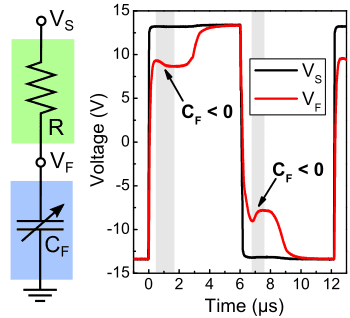
Recently, negative capacitance was first demonstrated in epitaxial ferroelectric lead zirconate titanate, proving that a direct measurement of the phenomenon is possible.
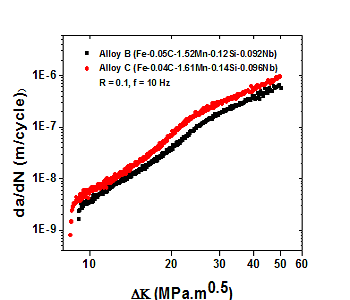
Researchers focus on studying the fatigue-crack-growth behaviour of two types of pipeline steels for the transport of hydrogen or natural gases.
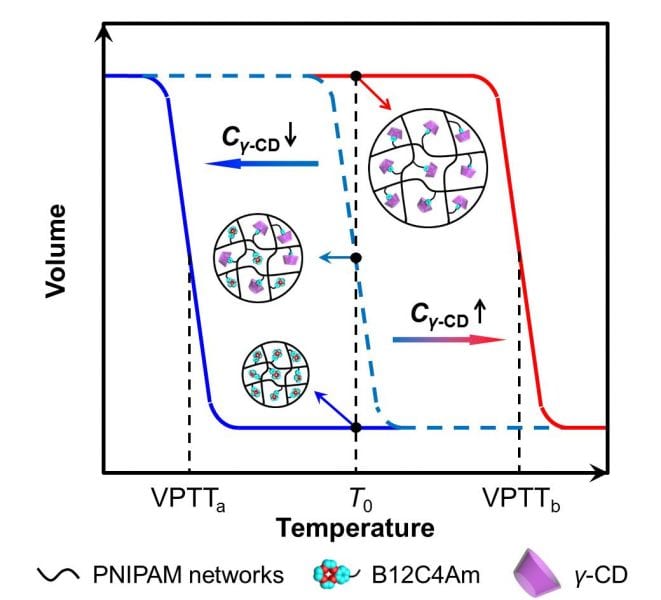
Combining the ion-recognition ability of crown ether units and the thermo-induced volume change behavior of poly(N-isopropylacrylamide) polymers, different kinds of ion-responsive hydrogels are developed.
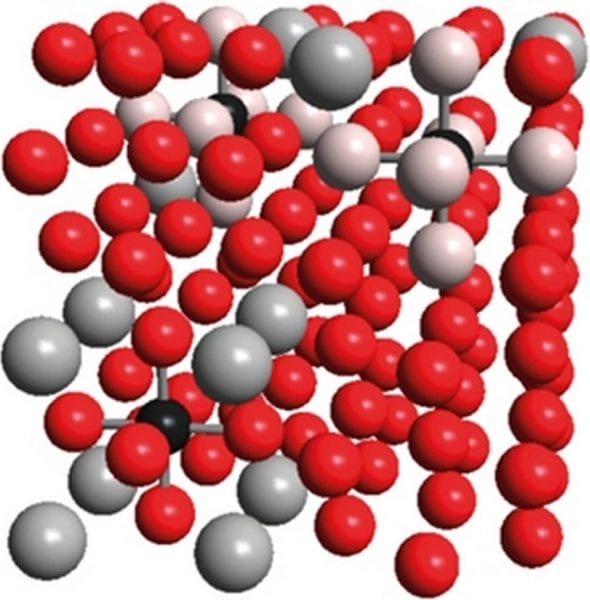
The energetic consequences of having iron, manganese or aluminum atoms sit at certain positions close to carbon are studied by performing first-principles quantum-chemical calculations.
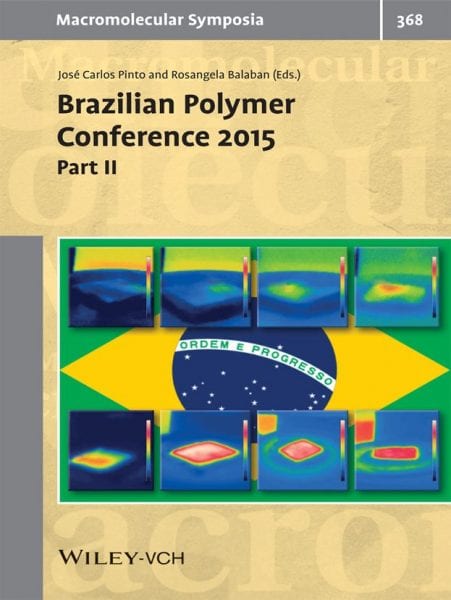
The October issue of Macromolecular Symposia is dedicated to the 13th Brazilian Polymer Conference.
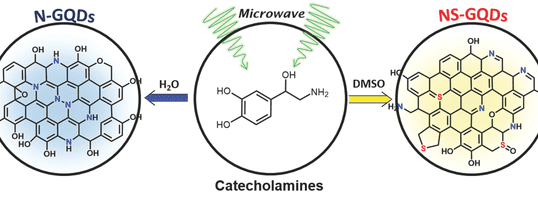
A new strategy to produce heteroatoms-doped GQDs as photocatalysts with control over heteroatom types, constitution and content.
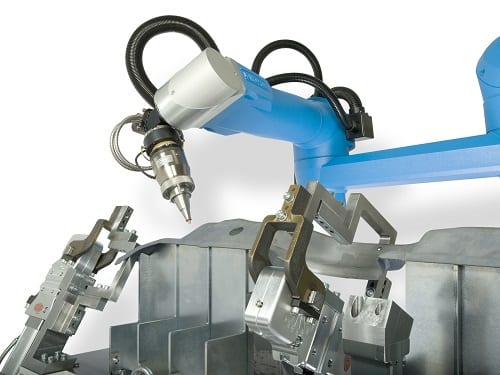
Jenoptik’s new laser cutting machine Votan ranks among the most precise systems in its class.
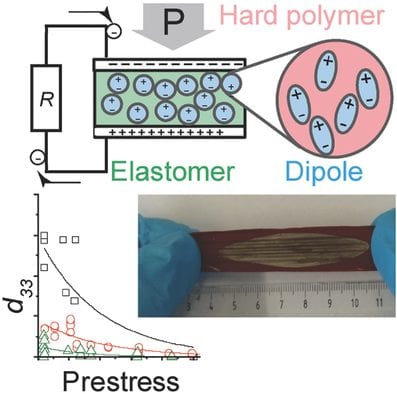
An all organic elastic electret is prepared with a piezoelectric coefficient comparable to the gold standard – poly(vinylidene fluoride.
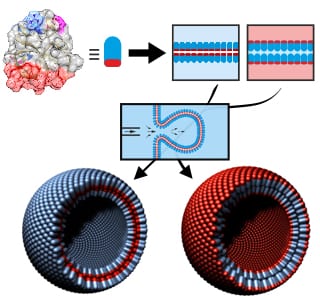
Professor Seemann and his colleagues discovered how bilayers made purely from hydrophobins were created using a microfluidic technique.